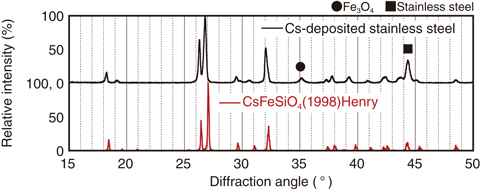
Fig.1-13 Microstructural cross-section of Cs deposited onto stainless steel

Fig.1-14 XRD patterns of Cs-chemisorbed stainless steel and CsFeSiO4
Radioactive cesium (Cs) is expected to be one of the main radiation sources during fuel-debris retrieval at the TEPCO’s Fukushima Daiichi NPS. To manage workers’ radiation doses, it is necessary to know where the Cs is deposited, how the deposited Cs can be removed, how much Cs may be included in dust generated during removal, how much Cs can be migrated to dismantled wastes, and so on. To predict these behaviors, knowledge on the deposition behavior of Cs onto structural materials is essential. However, there is little information on such behavior. Therefore, our basic study has started to clarify mechanism of Cs deposition.
Cesium hydroxide (CsOH) is predicted to be one of the main Cs chemical species released during a severe accident, and large amounts of stainless steel are used as a structural material within a nuclear-reactor pressure vessel. Therefore, we have investigated Cs deposition onto stainless steel using simulation experiments in which stainless steel samples are exposed to CsOH vapor at 800°C and 1000°C in an argon atmosphere that includes hydrogen and steam. The Cs-deposited samples were then examined using secondary electron microscopy/energy dispersion spectroscopy (SEM/EDS) and X-ray diffractometry (XRD) to identify Cs-reaction products.
Fig.1-13 shows that Cs is located congruently with silicon (Si), which is present as a minor component of stainless steel. Fig.1-14 indicates that the XRD pattern of the Cs-deposition surface agrees well with that of CsFeSiO4. Elemental analyses by EDS also indicate that the concentrations of Si and iron (Fe) are almost the same as that of Cs. Thus, it is verified that CsFeSiO4 is formed by the interaction between CsOH vapor and stainless steel. Furthermore, we found that the deposited amounts did not always increase with increasing temperature and we suggested that Cs deposits can re-vaporize under some experimental conditions.
We will continue Cs-deposition tests under varying parameters such as atmosphere. From these data, we will estimate the amount of Cs deposited onto structural materials. In addition, we will examine the dissolution property of the deposited Cs for water and the detachability, which can help us develop removal methods for the deposited Cs and take measures to protect against scattering dusts.